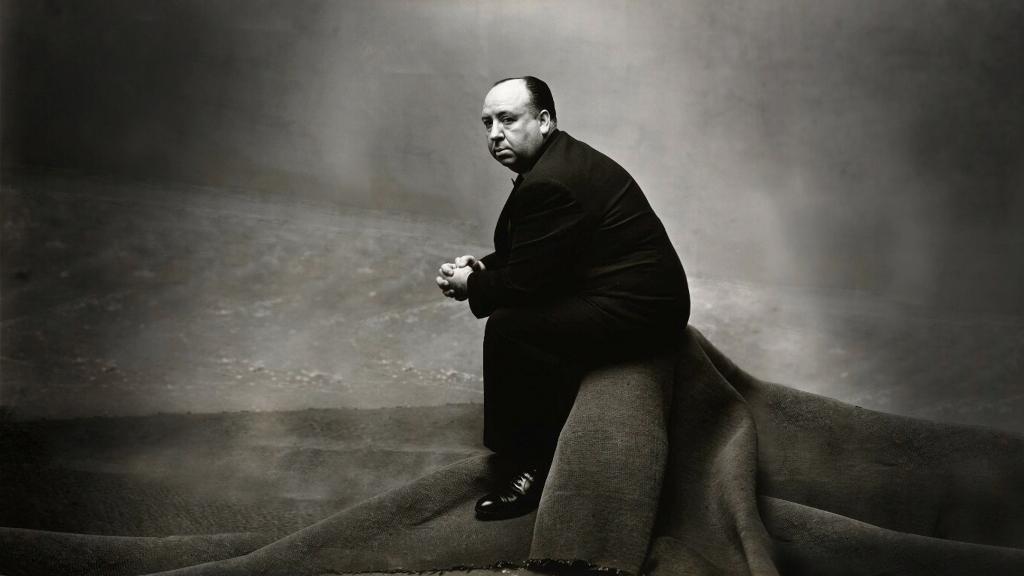During the first half of the 1940s, every aspect of American culture focused on aiding the war effort and bringing the Allies closer to victory. Civilians did their part by growing victory gardens, buying war bonds, counting ration points, and collecting scrap metal and rubber. Did you know that American men and women also dressed—or didn’t dress—a certain way to aid the war effort?
Guidelines for the Industry
While the United States government never imposed any official fabric rations, as the United Kingdom did, World War II undeniably impacted American fashion during the duration of the emergency and beyond.L-85 served two functions, both meant to conserve fabric as much as possible. After all, millions of U.S. servicemen and women needed uniforms, and materials like silk and nylon were used for necessary gear, like parachutes. The order outlined simple fashion designs that avoided excessive material and established some basic styles which were to be maintained for the duration of the war. If fashion was frozen in simple, streamlined modes, consumers wouldn’t have to purchase new clothes every season to keep up with the latest trends.
Women’s Styles
The basic principle of wartime fashion was “less is more.” It was necessary to be decent and feminine, but any superfluous fabric added merely for style was considered un-American. Wide belts, decorative aprons, tunics, and pockets with flaps were strictly taboo. At average sizes, blouses’ sleeves could be no wider than 14 inches; wasteful styles such as dolman, balloon, leg-o’-mutton, and bias-cut sleeves were forbidden. In addition, blouses couldn’t be longer than 22 inches from neck to hem. Only one patch pocket was allowed.Length restrictions applied to other garments, too, including jackets and coats. The most noticeable wartime style change for fabric conservation was skirt length. Instead of the mid-calf length styles which were popular in the 1930s, skirts reached to the knee during the war. All-around pleated skirts were discouraged, so straight skirts remained the wartime look. The extra fullness and fabric of petticoats wouldn’t become popular until after the war.
Americans were also encouraged to avoid buying new clothes unless absolutely necessary. Patching and mending clothes was the patriotic alternative. Sales for dress patterns skyrocketed around the world, as women creatively combined multiple old dresses into single new ones and even adapted curtains and blankets into fashionable styles for wearing. After years of the Great Depression, which led many women to make and wear dresses out of chicken feed bags, Americans knew how to be resourceful.

One of the greatest inconveniences for women’s fashion during World War II was the shortage of stockings. While nylon was introduced in 1939 as an alternative to Japanese-produced silk, it was quickly needed for parachutes, too. Thus, most women went barelegged, favoring patriotism over stylishness and modesty. Bobbysocks became popular for younger women, but many ladies used leg makeup and drew lines up the backs of their legs to create the illusion of seamed stockings.
Men’s Styles
Although most young men spent the majority of the duration in uniform, wartime styles for male civilians were also necessary. At the time, gentlemen wouldn’t think of foregoing a suit at anything but the most casual of occasions. Thus, the Victory Suit, called the Union Suit in Great Britain, was born. Before the war, suits were always sold with a coat, trousers, vest, and an extra pair of trousers, all of the same fabric and pattern. However, the Victory Suit eliminated unnecessary elements, including the vest and the extra trousers.While not matching your coat and trousers was preposterous before the war, mismatched suits became stylish during the war, as this allowed suit separates to be used after their companions were worn out or no longer fit. Of course, this didn’t mean that gentlemen would put just any coat and trousers together; good taste and color coordination were always exercised, even during a national emergency!
The suits themselves followed fabric-saving techniques. Double-breasted jackets gave way to sleek, single-breasted styles. Pleats were removed from pants and extra pockets from coats. The jackets and coats themselves were cut slimmer. Like women’s fashion, men’s styles became more austere and militaristic, reflecting uniforms of the day. Red, white, and blue were popular colors because of the era’s “Victory” theme.
More Than Clothes
The American styles worn during the war were so much more than mere clothing. The biggest ideas they embodied were practicality and patriotism.These concepts appealed more to freedom-oriented Americans than restriction and mandatory sacrifice. Recent studies show that 1940s Americans did not feel forced to follow “rules” on acceptable clothing; in fact, most people didn’t even know about L-85. They naturally followed the fashion industry’s guidelines for styles using minimal fabric and willingly “did their part” by wearing socks instead of stockings, for instance, or choosing to make their own clothing in the first place.
Modern Americans could learn a lot from the Greatest Generation, including in the style department. True, some people turned to the black market for contraband like silk stockings, and a handful of youngsters rebelled in their Zoot Suits. However, the average American gladly, even proudly, gave up daily comforts in the cause of freedom while the United States fought for victory. If they could do all this without sacrificing stylishness, maybe we could try a little harder to be fashionable, even in difficult circumstances.






